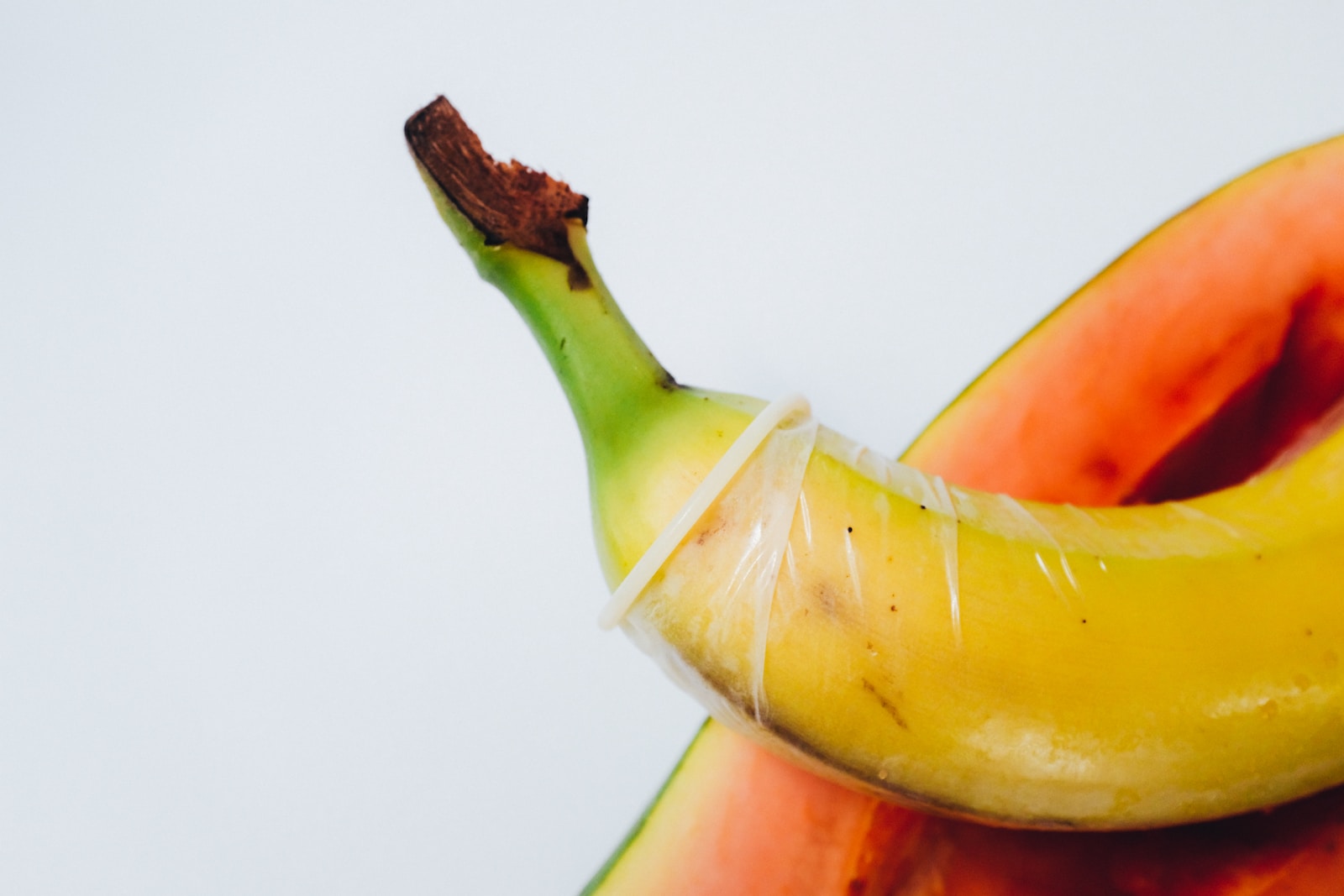Your penis carries urine and sperm to the outside through the urethra. The opening to the urethra is called the meatus.
The female vulva has two openings, the urethra and the anus. These can be stimulated during foreplay to enhance sexual intercourse.
Some special designs of the implant can fit a shortened or larger penis. Three-piece inflatable implants use a fluid-filled reservoir implanted under the abdominal wall, a pump and a release valve placed inside the scrotum, and two inflatable cylinders in the penis.
What is the urethra?
The urethra is a tube that drains urine out of the body. In men, it runs through the entire length of the penis and is a part of both the urinary tract and the male reproductive system. In women, the urethra is short and is part of only the urinary tract.
The male urethra is divided into three parts: the prostatic urethra that goes through the prostate gland; the membranous urethra which passes through the external urethral sphincter (which allows you to control micturition); and the spongy urethra which runs along the entire penis. The spongy urethra is widest at the glans penis (also known as the head of the penis), and again at the corpus spongiosum (also called the bulb).
In males, the urethra connects to the ductus deferens for the transfer of sperm during sexual arousal. The urethra also receives input from the vaginal mucous membrane, which can help to regulate your semen production.
The urethra is covered with an epithelium made up of transitional cells, stratified columnar cells, and stratified squamous cells. It is lined with mucus-secreting urethral glands to protect the tissue from contact with corrosive urine. It is also surrounded by a muscular urethral wall. The urethra is also covered with a sphincter, which opens and closes to control the flow of urine.
What is the vagina?
The vagina is an elastic, muscular canal that contains a soft lining that provides lubrication and sensation. It receives the penis during sexual intercourse and allows sperm to enter the uterus, as well as serves as a passage for childbirth. It’s also where women typically experience sexual pleasure, says Minkin.
The outer lips of the vagina are called labia majora. They protect a delicate area of the inner lips, which are hairless and sensitive to touch. The labia minora surround a narrow opening at the base of the glans, or tip of the clitoris, known as the vestibule. The inner lips of the vulva are sometimes called the “fingertips of the lady parts.”
You’ll feel the tip of your clitoris when you touch your own vagina, or when your partner touches yours during sexual activity. The clitoris has more than 8,000 highly sensitive nerve endings and is the primary source of female sexual pleasure, according to Planned Parenthood.
A clitoris that’s too long or too hard can cause painful or itchy sensations, as can having a dry vagina. This can be a sign that you or your partner aren’t properly lubricated for sex and should delay having sex until the vagina is more fully lubricated. You can tell if you’re lubricated enough by placing your fingers inside your vagina.
What is the penis?
The penis is an organ (not a muscle) made up of sponge-like erectile tissue. It contains thousands of little caverns that fill up with blood during sexual arousal, making the penis rigid and allowing it to penetrate during penetrative solo or partnered sex. It also contains the urethra, the thin tube through which urine and semen leave the body.
The glans of the penis is the head, and the shaft is the long, cylindrical part that connects the glans to the base. A circular collar of skin and fascia called the prepuce covers the glans to a variable extent. It is thicker and darker in colour than the rest of the skin, and contains a high concentration of nerve endings that lubricate and protect the area. The prepuce can be removed by a surgical procedure called circumcision, which is often done for religious or social reasons.
The glans, the shaft, and the foreskin can all be stimulated by masturbation, oral sex, or other means to produce orgasm. The length and girth of the penis vary greatly between males, and during puberty, the penis grows rapidly until it reaches its final adult size. Some men have a slightly downward curve in the glans, shaft, or foreskin, which can be helpful in penetration during sex. In this case, a little practice and willingness to experiment with different positions can help find a pleasure spot that works best for you and your partner.
What is the meatus?
The meatus is the opening at the end of a boy’s penis, also called his “pee hole.” If it becomes too small, it can be painful to pee and may cause more serious problems. A doctor can check the meatus by a physical exam and sometimes by observing him urinating. If the opening is too narrow, he may recommend surgery, called a “meatotomy.”
Meatal stenosis happens when irritation causes scar tissue to make the meatus smaller. It can be caused by injury to the penis, like from rubbing against clothing or a diaper, or it can happen after circumcision (removing the foreskin). It’s also common to have this problem after having a catheter (a plastic tube that lets urine flow into and out of the body) in place for a long time. It’s also more likely to happen in boys who are circumcised.
A urologist can usually fix meatal stenosis by stretching the opening wider (“dilation”). But this can hurt the meatus and cause new scars. So the urologist cuts the stuck bottom part of the meatus apart, a procedure called a “meatotomy.” The penis’s urine passes through the now larger lower meatus. After the operation, a lubricating ointment or petroleum jelly can be spread on the meatus to keep it hydrated. After the treatment, pain and bleeding are very rare.

